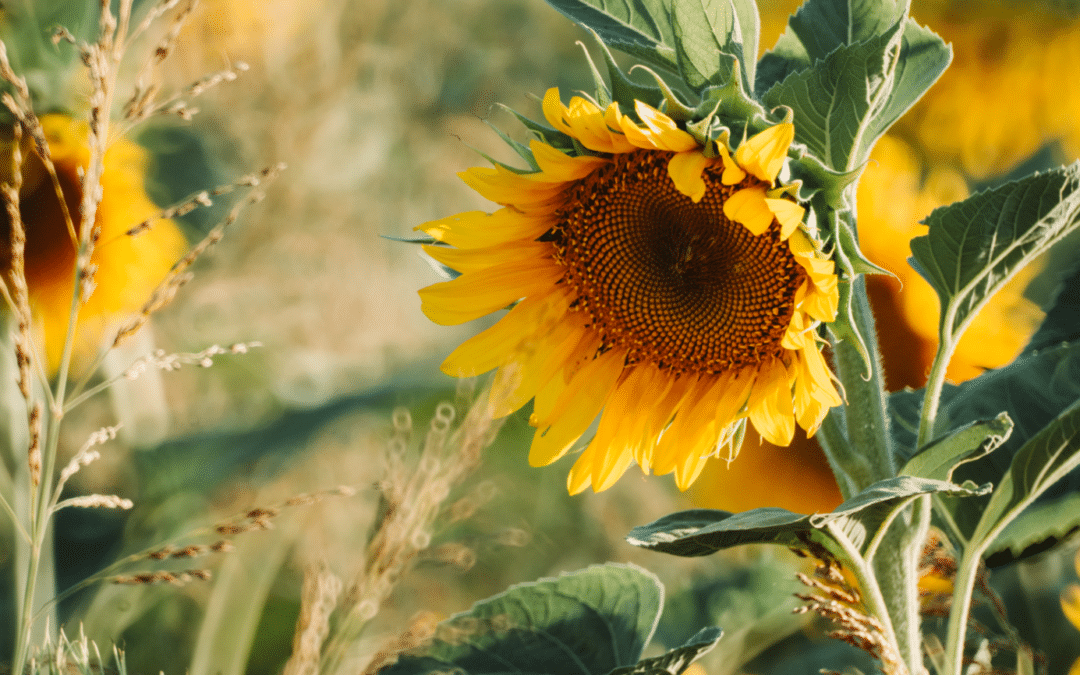By Juan Asencion, Maintenance Manager
Summer is quickly approaching. Many of us are looking forward to clearing skies, beach trips (hopefully), sun tanning, and warmer weather. However, that change in temperature can harm your plants and flowers. You must be diligent in your landscaping and gardening practices.
Too much heat can lead to “heat stress” in your plants. In other words, higher temperatures will inhibit plant growth, photosynthesis, and reproduction. Typically, plants can withstand a temperature below 90°F. When temperatures get higher than this, plants will have a harder time developing roots and, therefore, will struggle to harvest water and nutrients from the ground. Higher temperatures will also heat the soil around the plants, which can impact the roots.
So how do you mitigate the effects of too much heat?
1. Water often. In high temperatures, you need to make sure your plants are getting enough water. They will dry out much quicker if you aren’t taking care of them. Watering more frequently will help.
However, some people don’t have the time to make this happen. If this is the case, consider an irrigation system. By implementing an automatic watering system, you don’t have to worry about continually watering and can rest assured that your plants will have a consistent supply. An irrigation system saves money on water waste in the long term.
It is also recommended that you water more frequently for less time. In other words, instead of watering once for fifteen minutes a day, water three times, for five minutes a day. Irrigation systems can be programmed to do this.
2. Cover your plants. While a greenhouse or roof of a sort would be ideal, there are more affordable options. Consider shade cloth. It is a long stretch of fabric that can stretch over your plants or garden. Most garden centers will offer it.
You could also be more strategic when planting. If you place flowers and plants near a larger tree or building, they will receive a little more protection from the sun.
3. Protect the roots. When planning for higher temps, don’t ignore the soil and roots. A great way to protect the base of your plants is by using mulch. Mulch often consists of bunches of leftover grass clippings, debris, or leaves. If possible, lay a thick layer of mulch around your garden or yard. The mulch will help to insulate the plants, keep the soil moist, and absorb much of the intensity from the sun.
Also, when watering, be sure to water the base of the plants, not the leaves. If water sits on the leaves of your plants, it will work like a magnifying glass, and the plant will become sunburnt, leading to discoloration and spots.
Juan Asencion is the Maintenance Manager at Green Acres Landscape, a full-service residential and commercial landscaping business and nursery in Salem, Oregon. greenacreslandscapeInc.com.

